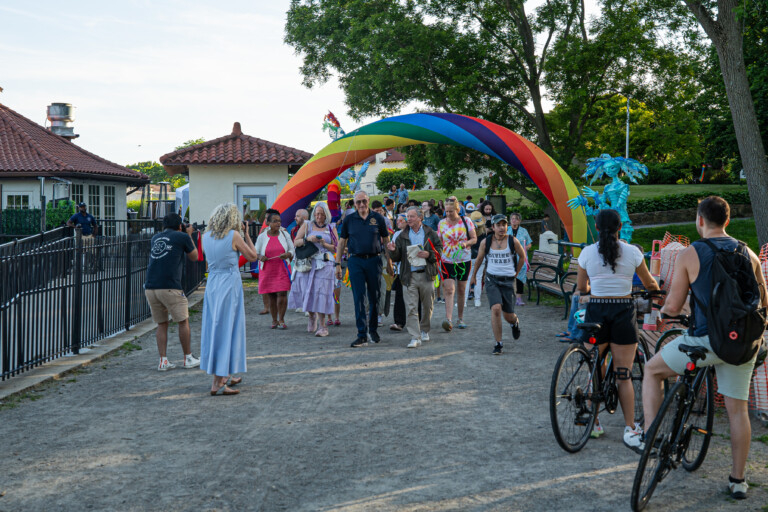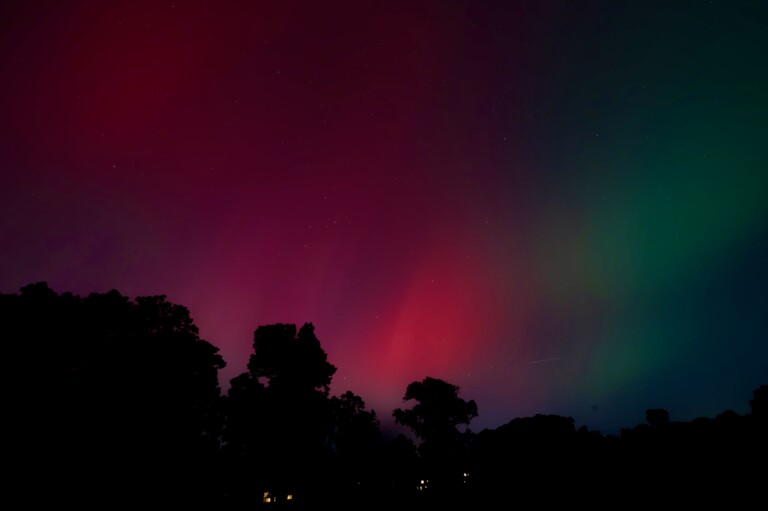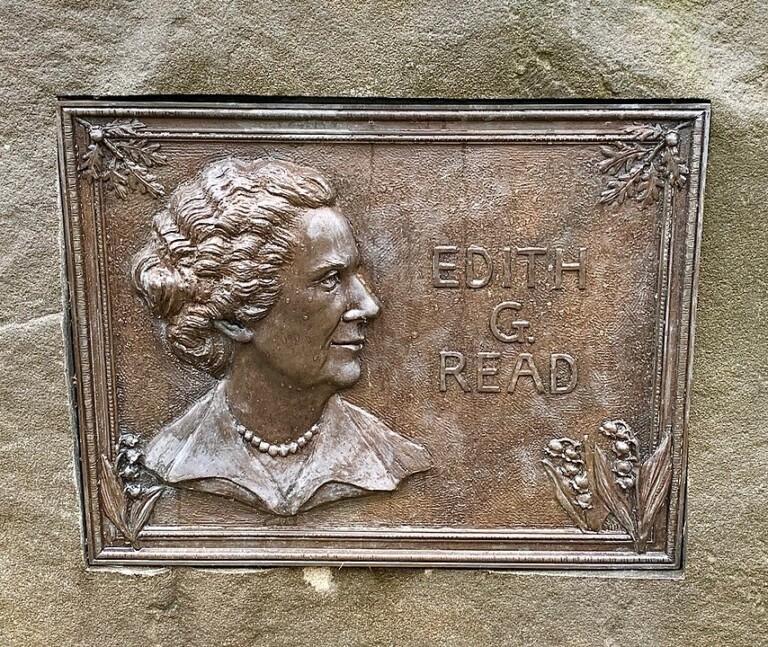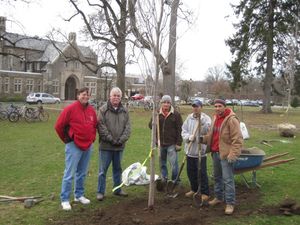Going Native: Trees for Sunny Yards with Missy Fabel of Missy Fabel Ecological Landscape Design
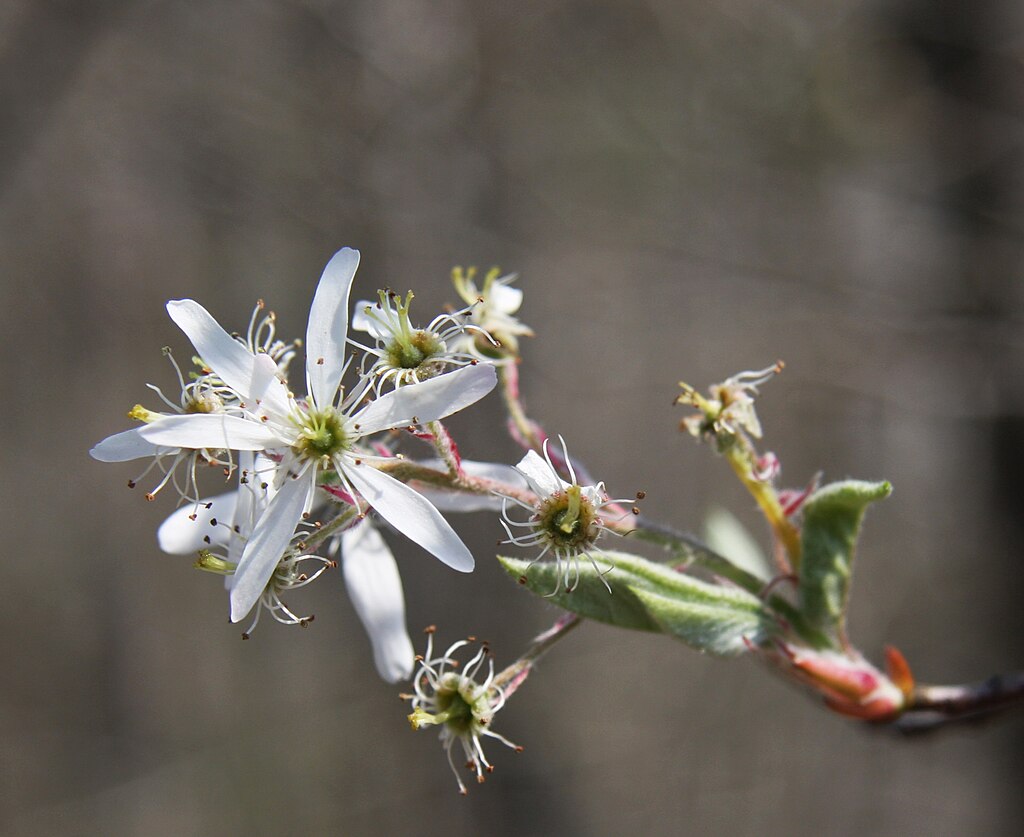
Going Native is our gardening series highlighting the contribution of native plants to building resilient landscapes. MyRye.com will introduce you to native plant experts that will tell you ways to get started with a small garden patch, a complete property or just a few garden containers.
Today we speak with Missy Fabel of Missy Fabel Ecological Landscape Design.
MyRye.com: What are good options for native trees for a sunny front yard, where the tree species will top out at 50 feet or less at full maturity?

Fabel: Planting a tree is an investment in the future, thus it is important to choose the right tree for your yard that will also support a diversity of wildlife. When choosing trees, try to choose a variety of trees that will bloom from early spring into late fall for a consistent source of forage for insects and pollinators.
Trees that provide berries and nuts are important sources of food for all kinds of wildlife. The leaves of many trees also host insect larvae. Note: all young trees must be protected from deer browse and bark rub.
- Flowering dogwood (Cornus florida). Provides berries high in nutrition (lipids) for fall migrating birds.
- Witch-hazel (Hamamelis virginiana). Flowers in the late fall persist into winter providing late season forage for many insects and pollinators.
- Common Serviceberry, Juneberry (Amelanchier arborea). Serviceberry is the host plant for butterfly and moth larvae including the spring azure and eastern tiger swallowtail larvae. One of the earlier spring blooming trees with edible berries in June (you’ll have to beat the squirrels and birds to eat them!).
- Eastern Red Cedar (Juniperus virginiana). Evergreen with light blueish gray “berries” (modified pinecones) which are a staple food source for Cedar Waxwing birds.
Also read: Going Native: Missy Fabel Ecological Landscape Design’s Missy Fabel and our Going Native series.

